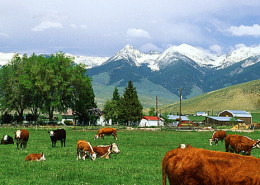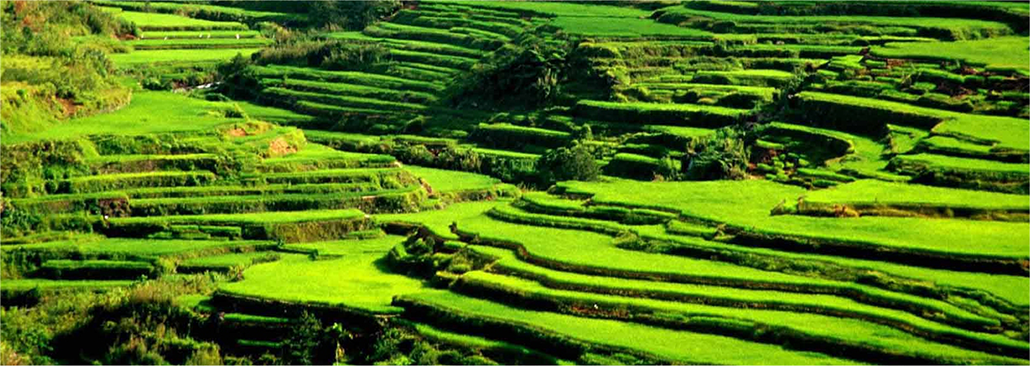Integrated Poverty Assessment for Livestock Promotion in Vietnam
Place: Vietnam • Dates: 2010 • Partner: FAO
In this report, we apply a suite of new data and empirical methods to demonstrate how livestock can make a significant contribution to the livelihoods of the poor. This potential is far from being realized, however, and there is much wider scope for the promotion of livestock, especially among poor rural communities. Using new techniques, we show how information distilled from a variety of sources can be combined in an empirical approach termed ‘integrated poverty assessment of livestock promotion’ (IPALP). This technique elucidates the role of livestock in poverty alleviation and economic growth generally, strengthening the basis of evidence for policies that can better support pro-poor development.
Using a very detailed new national Social Accounting Matrix and a dynamic Calibrated General Equilibrium Model, policy experiments are conducted to assess the impact of an economy-wide policy of trade liberalization, with and without concomitant livestock promotion. Our results reveal the complex indirect linkages between globalization and rural poverty alleviation. Generally speaking, the poor may not benefit directly from traditional export oriented development strategies, but by marketing food to rising income urbanites, they can participate in national growth more effectively. Livestock products, because they have high income elasticities, are ideal candidates in this context, but complementary policies are needed to facilitate productivity growth, quality improvement, and market access for smallholder livestock producers. Because of its general equilibrium perspective, IPALP captures the contribution of each of these to livelihoods (see Figure A1). Tools for this kind of ex ante assessment can support more effective policies for outward oriented growth and poverty alleviation.
Most Recent Entries

Low Carbon Biomass Conversion in the Sierra Nevada





